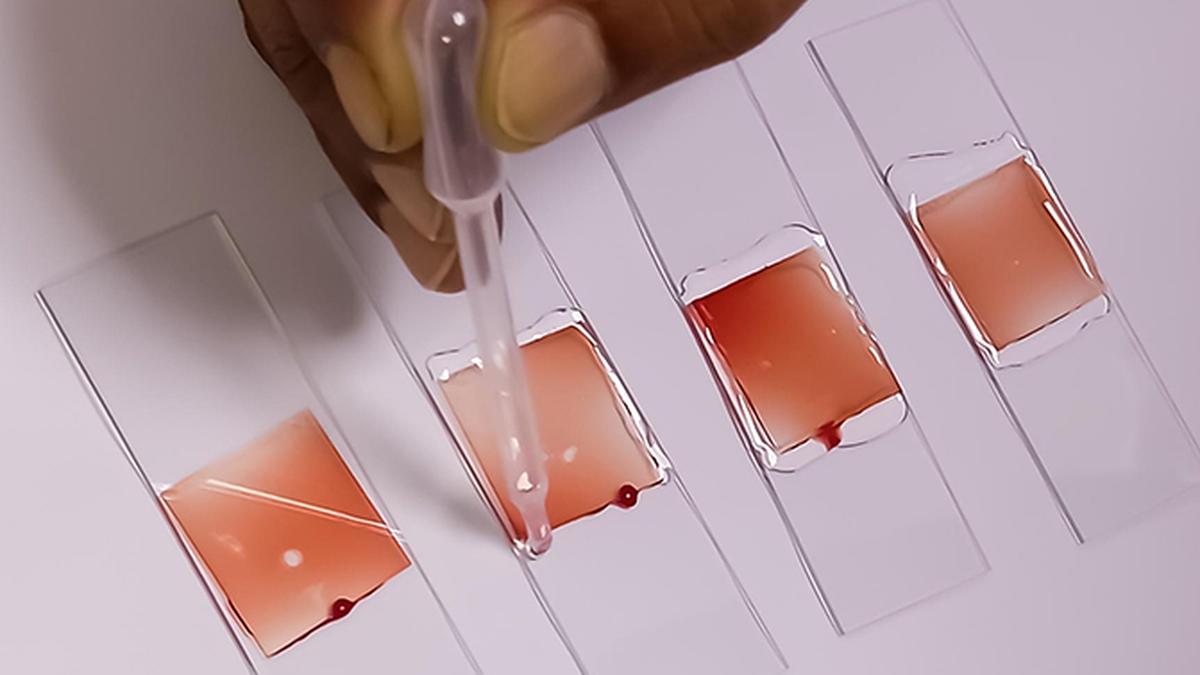In a significant move to combat anaemia in India, a new technology for detecting the condition has been transferred to the Indian Council of Medical Research (ICMR). This development is set to improve the detection and treatment of anaemia, especially in rural and underserved areas.
What is Anaemia?
Anaemia is a condition where the body does not have enough healthy red blood cells, which are essential for transporting oxygen throughout the body. It affects millions of people in India, with women and children being particularly vulnerable.
Features of the New Technology
The new technology is designed to detect anaemia quickly and efficiently. It offers a practical alternative to traditional diagnostic methods, making it ideal for large-scale screenings. The technology is both accessible and affordable, which enhances its potential for widespread use.
Impact of the Technology Transfer to ICMR
By transferring this technology to ICMR, the government aims to integrate it into healthcare systems across India. This will facilitate early detection of anaemia, allowing for better treatment outcomes and reducing the overall burden of the disease.
Benefits for Rural and Remote Areas
The technology’s affordability and accessibility make it particularly suited for rural and remote areas where healthcare resources are limited. The transfer to ICMR will ensure that the technology is widely available and can be used to improve public health outcomes across the country.
Multiple-Choice Questions (MCQs):
1. What condition does the new technology aim to detect?
A) Diabetes
B) Hypertension
C) Anaemia
D) Malaria
Answer: C) Anaemia
2. Who has received the transfer of the new anaemia detection technology?
A) Ministry of Health and Family Welfare
B) Indian Council of Medical Research (ICMR)
C) National Institute of Health
D) World Health Organization
Answer: B) Indian Council of Medical Research (ICMR)
3. Why is the new technology considered ideal for rural areas?
A) It is expensive but effective
B) It is accessible and affordable
C) It requires advanced equipment
D) It is only available in urban areas
Answer: B) It is accessible and affordable
4. What is the main goal of transferring the anaemia detection technology to ICMR?
A) To reduce the cost of treatment
B) To improve early detection and treatment outcomes
C) To eliminate anaemia completely
D) To replace traditional diagnostic methods
Answer: B) To improve early detection and treatment outcomes
5. Which group of people is most affected by anaemia in India?
A) Elderly people
B) Women and children
C) Men and women equally
D) Only men
Answer: B) Women and children
